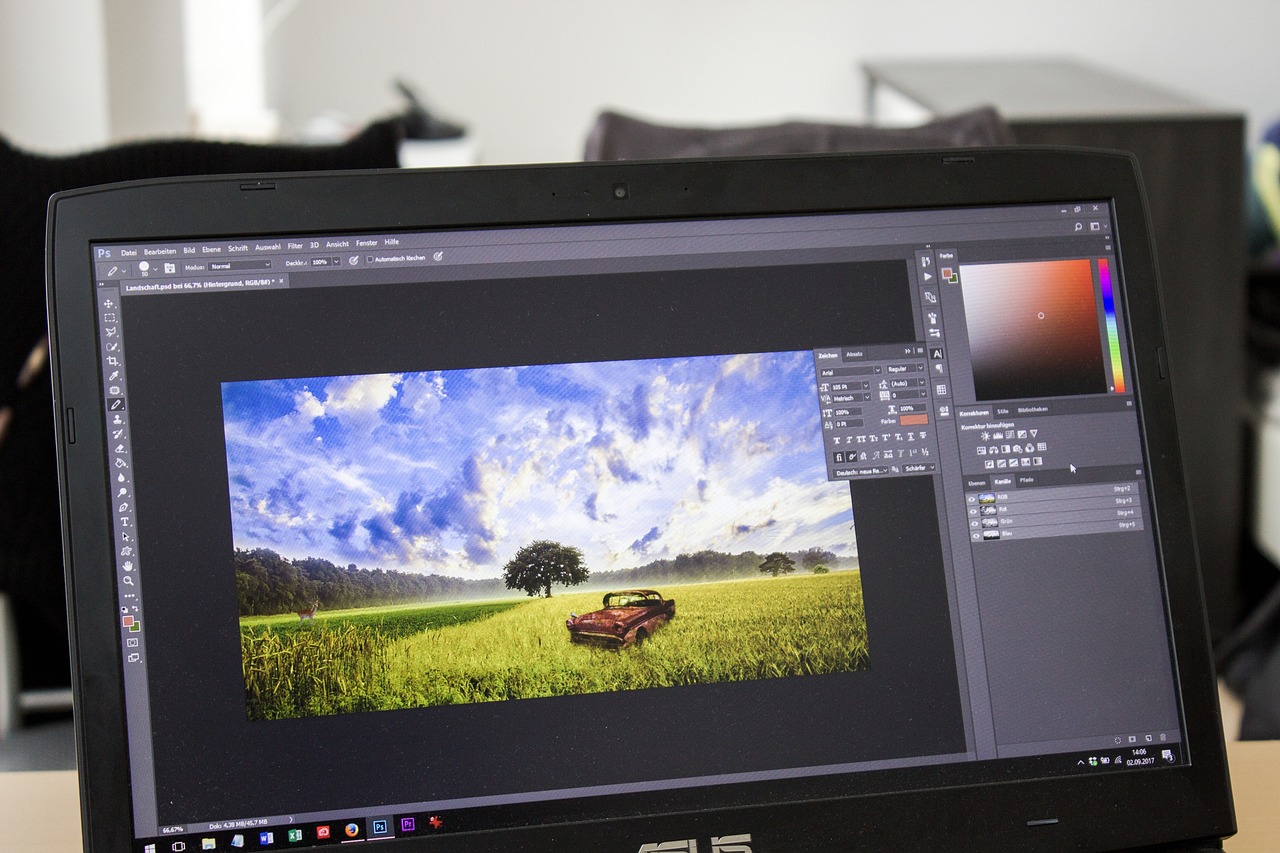Lightroom: What it is and how it works?

February 22, 2023
When we talk about the photo editing world, of course we have to mention Adobe. In fact, one of its most popular products, Photoshop, is often cited whenever you have to do anything to an image.
However, to be honest, if you’re starting out, you should try Adobe Lightroom, the better choice. That’s why, today, we’re going to dive into some of the features this software has and how you can get the best out of this software. Let’s get it!
A short introduction to Lightroom
To begin with, Photoshop is used for so much, but Lightroom is exclusively built to edit, sort and export photos. Actually, we have to highlight that inspite of being an incredible tool that works wonders, Photoshop takes a lot of time and you need to put hours in it.
Nonetheless, in Lightroom, all the editing tools are presented in a simple column, the workflow is super smooth, and it allows image management without the need for Adobe Bridge. Thus, if you’re a beginner and want to learn how to edit photos, Lightroom’s the way to go. But now let’s look at how to use Lightroom.
How to use Lightroom – get started
Well, as we mentioned above, the best characteristic of this tool is its ease. So, as long as you have a basic understanding of what you want to do to your images, you should be able to find the solution. Here’s how to get started.
- First of all, head to Adobe’s site and start the free trial. Keep in mind that you get seven days of full access, and for just $9.99 per month, you can snag a Creative Cloud bundle that includes Lightroom and Photoshop.
- On the other hand, Lightroom is cloud-based, so you don’t need to download any software to your desktop. Sign in when prompted and you’re ready to go!
How to use the Lightroom app for free
While the desktop version is paid-for, a free version is available on mobile. Besides, it’s available for both iOS and Android and here you’ll find presets, capture, organization and sharing features, and most of the editing tools as in its desktop version. Although if you want to have access to all the extras like raw editing, Premium Presets, Healing Brush and more, you need to upgrade to a paid Creative Cloud plan.
Organizing your photos with Lightroom
Okay, there are several important aspects about this program that we won’t be able to cover in a single note, but we will tell you one of the reasons why Lightroom is a favorite for photographers new and old. As you see, this wonderful software makes almost everything easier and that includes its organization. Here’s how:
- Stars: You can use a 1-5 star rating for photos, meaning you can prioritize by order of greatness. To assign a star rating, just tap the corresponding star number on your keyboard.
- Flags: These are ‘Reject’ and ‘Pick’ labels, which are basically code for ‘Bad’ and ‘Good.’ If you flag photos with ‘Reject,’ you’ll know to delete them later; if they’re flagged as ‘Pick,’ you’ll know which images you plan to use without having to memorize them. Use the ‘X’ on your keyboard to reject and the ‘P’ to pick.
- Color labels: This is another interesting way to group your images. For example, your beach photography could be grouped under a blue color label, while your New Year’s photos might be assigned red. It’s a nice method to sort things out, and all you have to do is tap 6, 7, 8 or 9 on your keyboard.
- Keywords: Lightroom automatically adds keywords to your photos, making them easier to search for. However, if you want to add something specific – for example, a person’s name – then that’s no trouble. Just load up your photo, head to the ‘Library’ module, click ‘Keywording,’ then type in your keywords (separated by commas if there are several.)
- Filter Bar: Use this to find needles in haystacks. The Filter Bar is a thin, gray line at the top of the screen. If you can’t find it, stay at the top of the screen, then click ‘View’ and ‘Show Filter Bar.’
- Collections: This operates similarly to the file organization on desktop. However, Collections only exist in Lightroom’s Cloud storage, meaning the same photo can be added to multiple folders without causing a headache or taking up more space than needed.








